There’s something oddly comforting about canned food. Whether it’s the satisfying pop of the lid or the convenience of a warm meal in minutes, canned goods once reigned supreme in American kitchens. They were the quiet heroes of weeknight dinners, emergency shelves, and Grandma’s pantry.
But like all food trends, what was once beloved can fade into obscurity—and some of our favorites have quietly disappeared, taking their quirky flavors and nostalgic charm with them.
From soups that warmed generations to pasta shapes designed to make kids giggle, these discontinued canned foods weren’t just meals—they were memories. Maybe you remember fishing out pasta wheels from Chef Boyardee’s Roller Coasters, or slicing into a sweet molasses loaf of B&M Brown Bread straight from the can. Or perhaps you still crave the peppery bite of Campbell’s historic Pepper Pot Soup, once considered a staple during cold winters.
These vanished canned foods reflect not only changing tastes but also shifts in culture, convenience, and marketing. What was once a dinnertime essential slowly became outdated, unhealthy, or simply not profitable enough to keep on the shelves. Still, the affection people feel for these products runs deep—so deep, in fact, that online forums still buzz with copycat recipes, Reddit threads, and eBay listings for vintage cans.
So grab a spoon, open your memory banks, and take a trip down grocery store lane. These are 7 discontinued canned foods that might be gone—but definitely aren’t forgotten.
1. Campbell’s Pepper Pot Soup
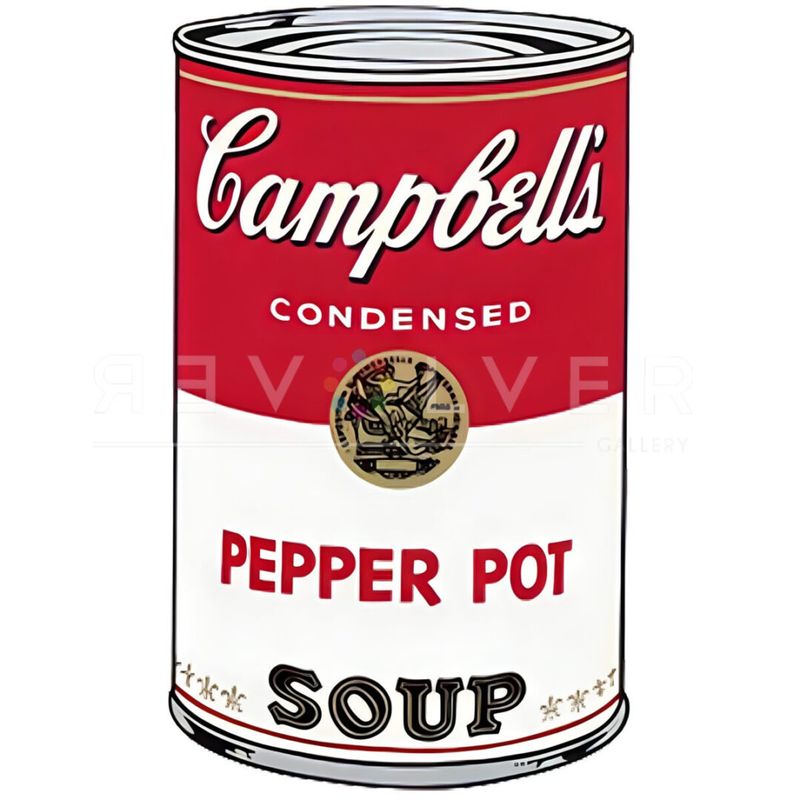
Dating back to the Revolutionary War, this Philadelphia-inspired soup warmed countless American homes for over 100 years. The hearty blend contained tripe, vegetables, and black pepper in a rich broth that created a uniquely spicy flavor profile unlike any modern soup.
Campbell’s discontinued this historic recipe in 2010, ending its century-long run on supermarket shelves. Many fans still search for copycat recipes, trying to recreate the distinctive taste that once defined winter meals for generations.
The soup’s legacy lives on in cooking history books, where it’s remembered as one of America’s oldest prepared foods turned commercial success.
2. Franco-American Macaroni & Cheese
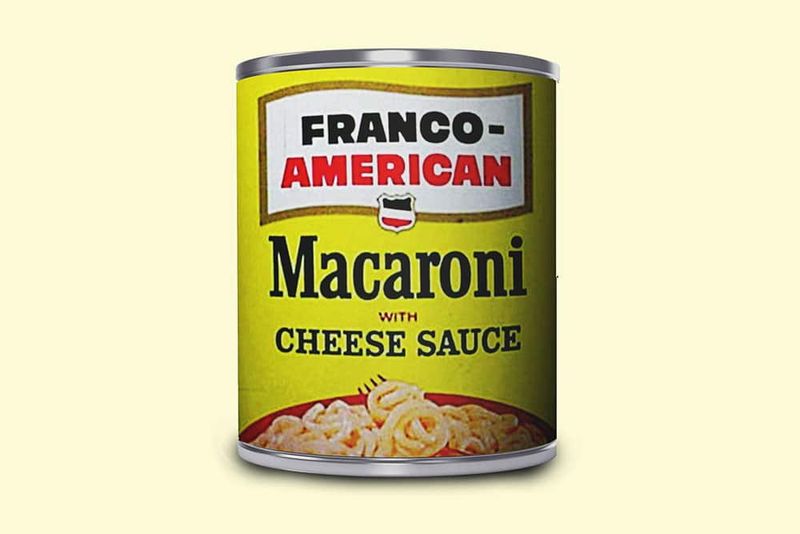
Before the blue box dominated the mac and cheese market, Franco-American’s canned version reigned supreme in many households. Pop open the lid, heat it up, and dinner was served in minutes—no boiling or mixing required!
The soft, orange noodles swimming in creamy cheese sauce delighted kids who couldn’t wait for mealtime. Campbell’s (who owned the brand) phased it out in the early 2000s as tastes shifted toward boxed varieties.
Those who grew up in the 1970s and 80s still reminisce about the distinctive metallic tang that somehow made this convenience food extra special.
3. Libby’s Potted Meat Food Product
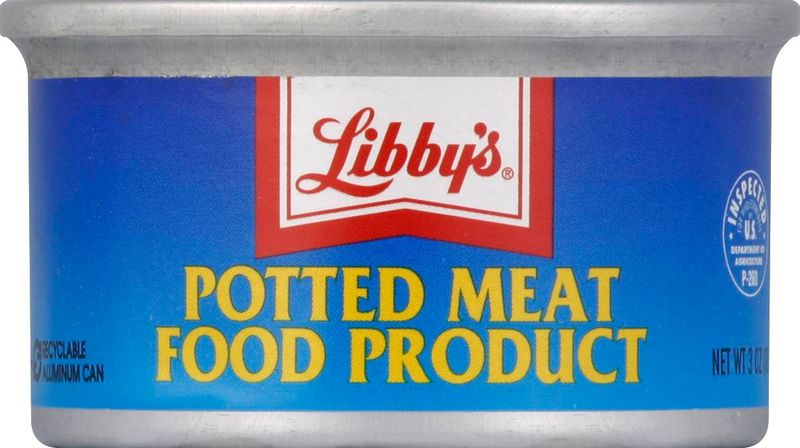
The mysterious pink spread that grandpa loved on crackers has largely disappeared from modern grocery aisles. This budget-friendly protein option combined various meat trimmings into a smooth, spreadable paste that became a lunchbox staple during harder economic times.
Opening that tiny can with the attached key was practically a rite of passage. The unique spreadable texture made it perfect for quick sandwiches when families needed affordable options.
While similar products exist today, the original Libby’s version with its distinctive flavor and packaging has faded into food history, taking with it memories of simpler meals from tougher times.
4. Chef Boyardee Roller Coasters
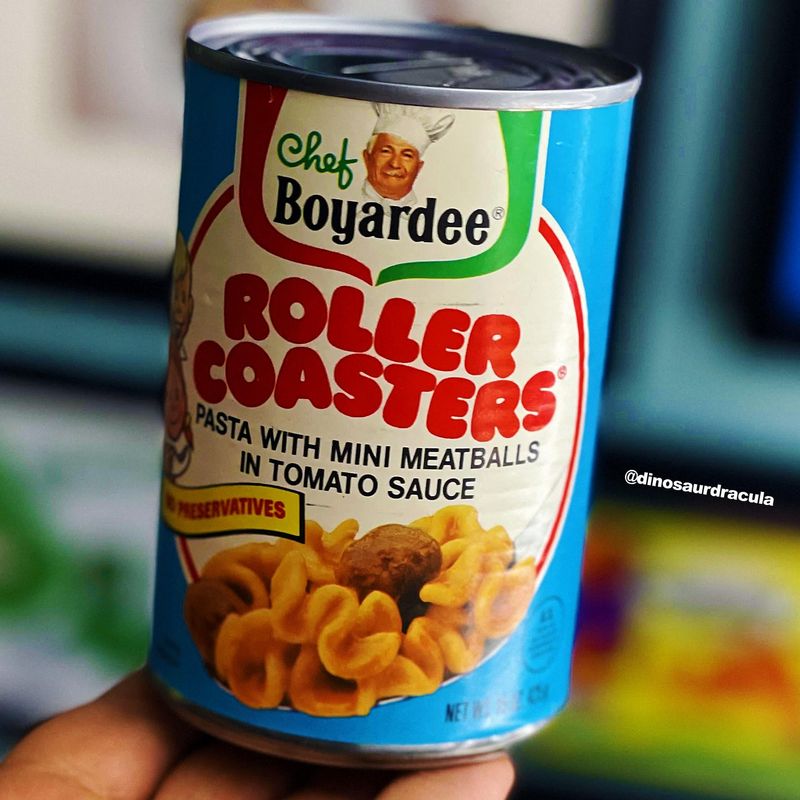
Remember those swirly pasta wheels that made lunchtime exciting? Chef Boyardee’s Roller Coasters featured unique spiral-shaped pasta in tomato sauce that seemed designed specifically to delight kids. The playful shape made eating fun and sparked imagination at the table.
Introduced in the 1990s, this canned pasta variety became a hit with the younger crowd before eventually rolling off production lines. The commercials showing the pasta pieces zooming around like actual roller coasters made them even more appealing to children.
While Chef Boyardee still makes various pasta shapes, fans of the original Roller Coasters claim nothing quite captures the same mealtime magic.
5. B&M Brown Bread in a Can
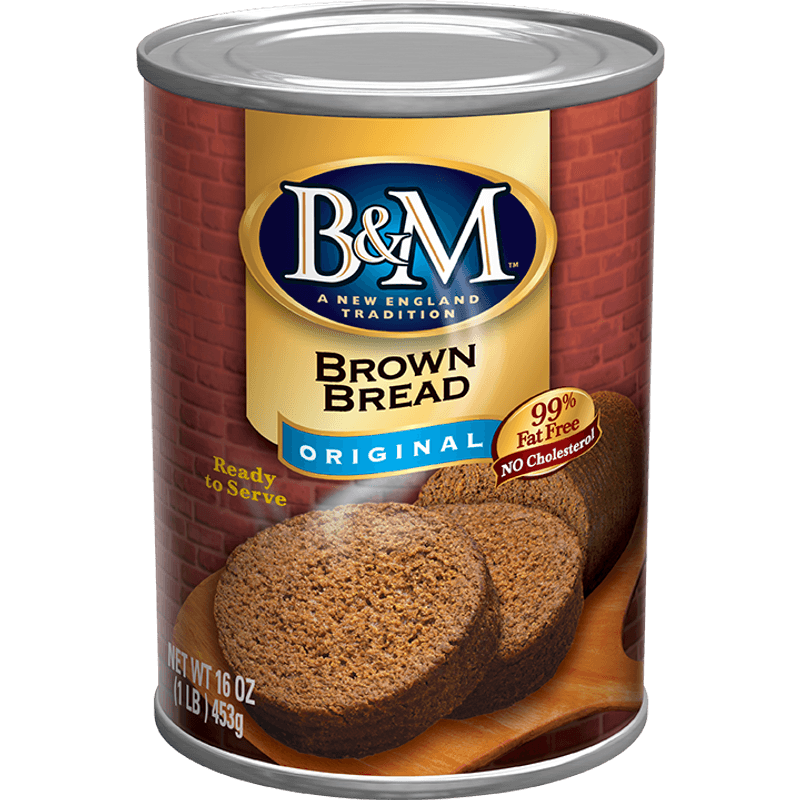
Sliced straight from the can and often served with baked beans, this New England tradition was a Saturday night staple for generations. The sweet, dense molasses bread came in a cylindrical can that preserved its unique texture and made it instantly recognizable in pantries across the Northeast.
While regional versions still exist, the nationwide distribution has dwindled significantly. The unusual cooking method—steaming the bread right in the can—created a moist texture that couldn’t be replicated by conventional baking.
Many families passed down recipes for homemade versions when the canned variety became harder to find, keeping this unique food tradition alive.
6. Swanson’s Chicken Spread
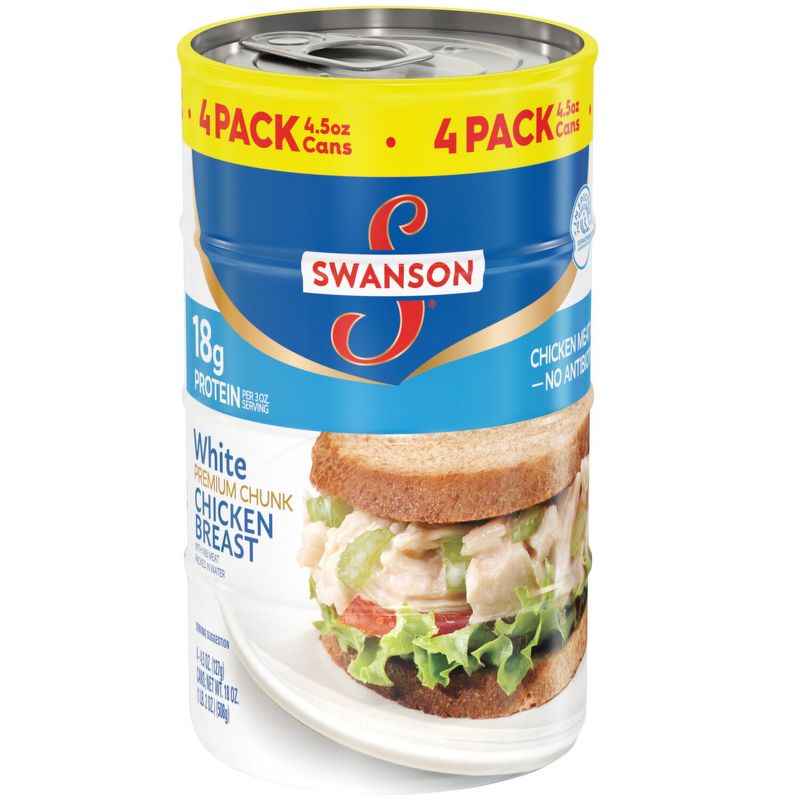
Long before fancy charcuterie boards, this humble canned chicken spread transformed crackers into gourmet treats. The creamy, seasoned mixture came in small flat tins that opened with a key, revealing a smooth paste perfect for quick appetizers or sandwich fillings.
Grandmothers across America kept these cans on hand for unexpected company. The spread’s versatility made it a pantry essential through the mid-20th century before gradually disappearing from shelves in the 1980s and 1990s.
Food historians note that changing attitudes toward processed foods and preservation methods contributed to its decline, despite its once-beloved status at bridge clubs and afternoon teas.
7. Hormel Chili with Macaroni
Before ready-to-eat meals became a microwave staple, Hormel’s Chili with Macaroni was a go-to comfort food that felt homemade right out of the can. This satisfying mashup of chili con carne and elbow macaroni brought a spicy, hearty twist to the traditional chili formula—and didn’t require a single pot.
Originally launched in the 1970s and popular through the ’80s and ’90s, it was especially beloved by college students, single parents, and late-night snackers who wanted warmth without the work. It had a thicker, more robust texture than other canned chilis and offered a kind of “one-can dinner” appeal that made it a pantry favorite.
But as consumer preferences shifted toward “healthier” labels and less-processed ingredients, Hormel phased it out quietly. The chili-with-mac combo was eventually dropped from most stores by the early 2000s.
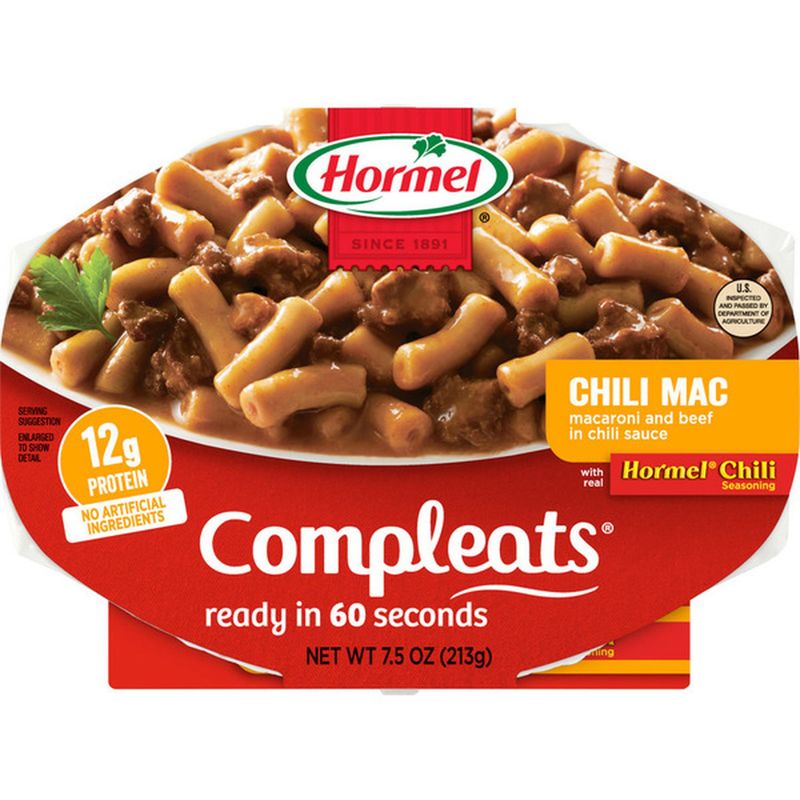
Leave a comment